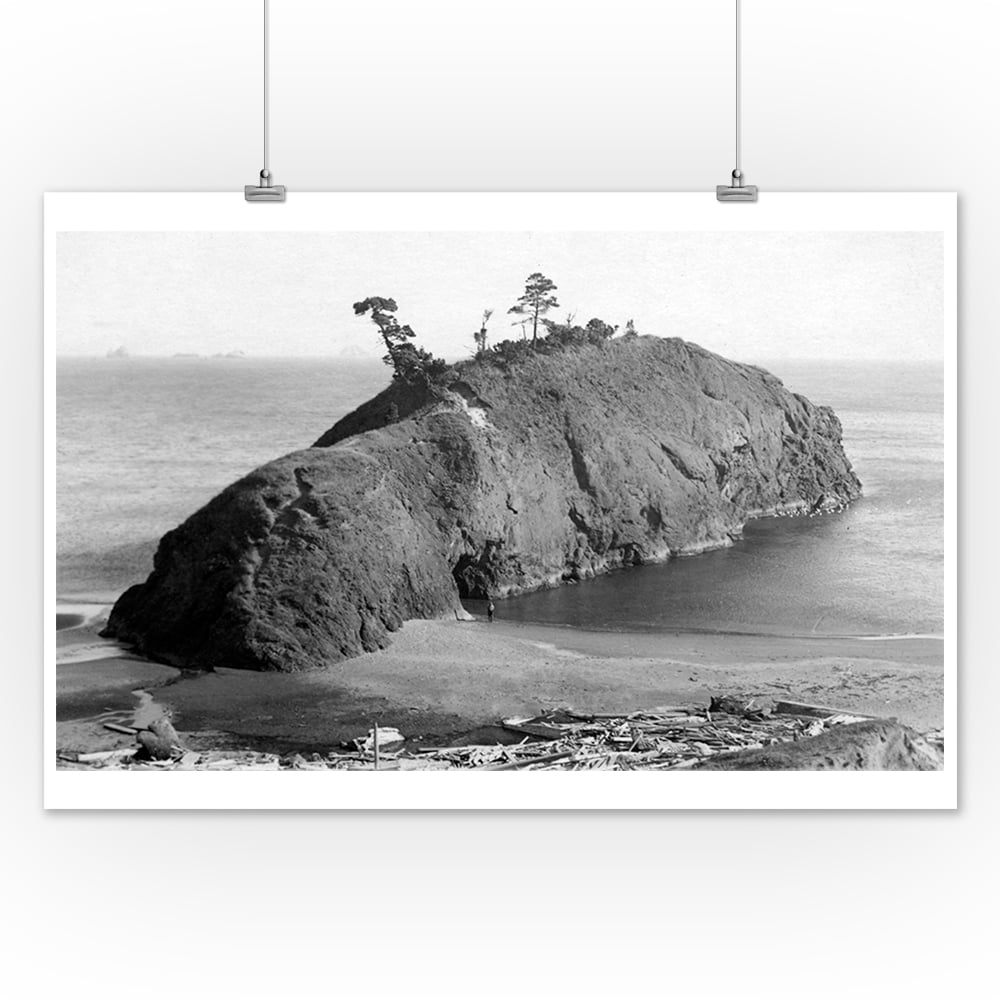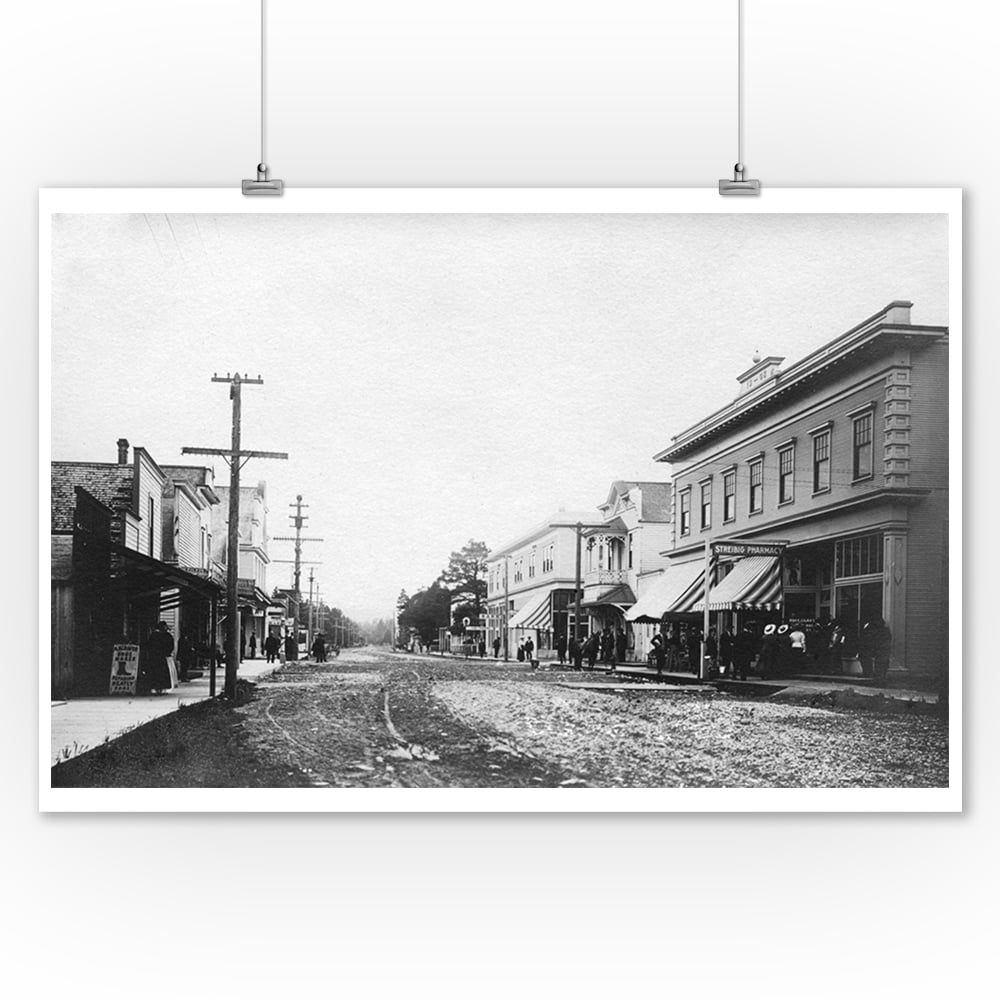
(S2.E3.1b)Identifies the heart as a muscle that grows stronger with exercise, play and physical activity. (S2.E3.1a)Differentiates between strong and light force. (S1.E10.1)Differentiates between fast and slow speeds. (S1.E7.1)Demonstrates twisting, curling, bending and stretching actions. (S1.E5.1)Maintains stillness on different bases of support with different body shapes. (S5.E3.Ka)Grade OneCombines locomotor and nonlocomotor skills in a teacher- designed dance. (S4.E1.K)Identifies physical activities that are enjoyable.

(S2.E3.K)Recognizes that when you move fast, your heart beats faster and you breathe faster.3 (S3.E3.K)Follows directions in group settings (e.g., safe behaviors, following rules, taking turns). (S1.E10.K)Travels in general space with different speeds. (S1.E7.Kb)Contrasts the actions of curling and stretching. (S1.E7.Ka)Forms wide, narrow, curled and twisted body shapes. (S1.E5.K)Maintains momentary stillness on different bases of support. To promote student confidence and willingness in dance, teachers should isolate the dance elements before asking students to apply these elements using imagery or partner/group tasks.The National Standards and Grade-Level Outcomes in this unit are referenced from the "National Standards & Grade Level Outcomes for K-12 Physical Education."SHAPE America Outcomes:KindergartenPerforms locomotor skills in response to teacher-led creative dance. Students will move in personal and general space, while exploring elements of shape, size, speed, force, flow, and time. This unit is presented as a progression of tasks that allow students to explore movement through a variety of creative tasks.

Primary Physical Education Creative Dance Unit


 0 kommentar(er)
0 kommentar(er)
